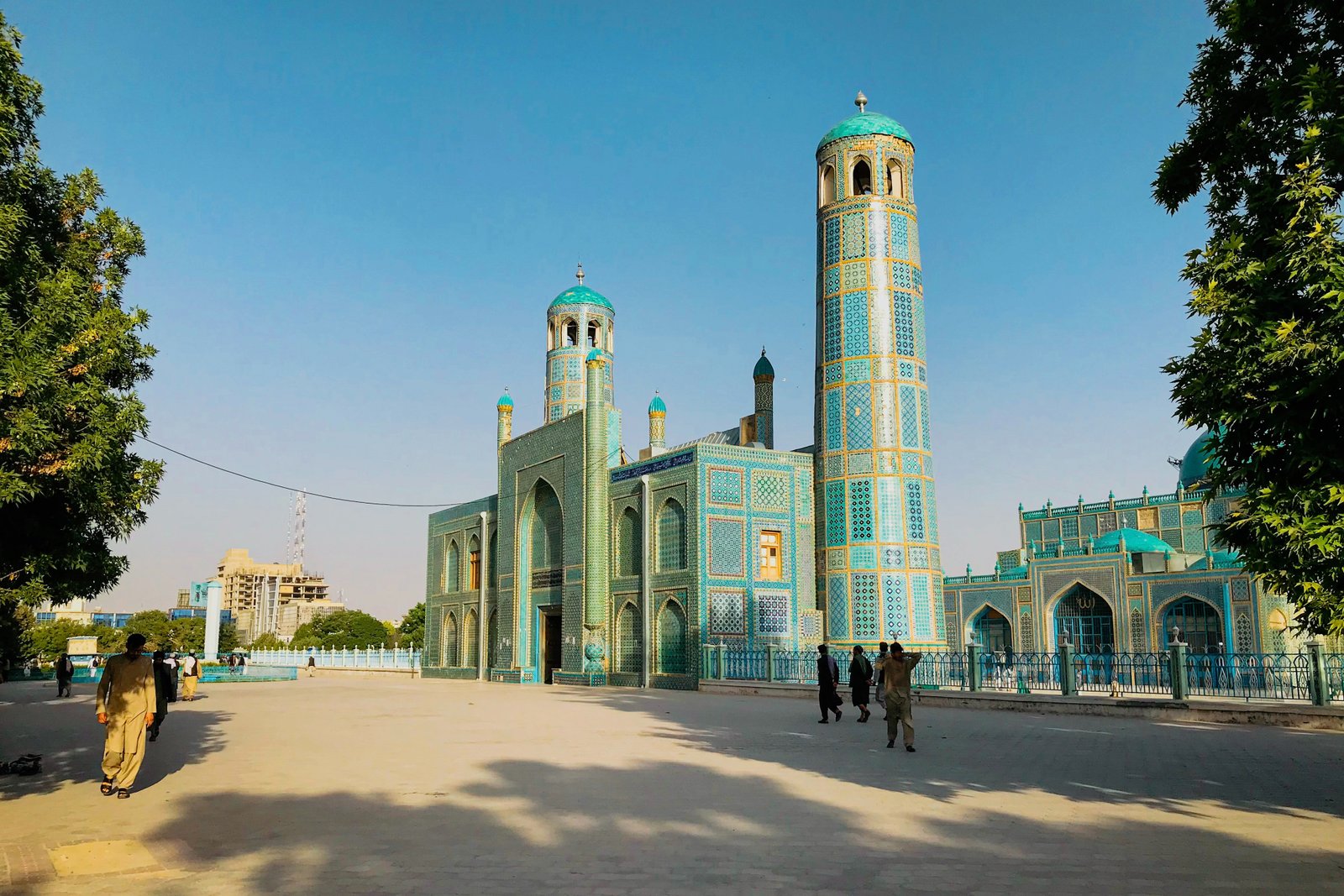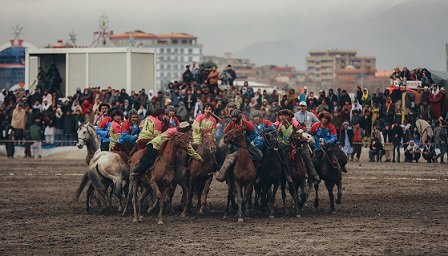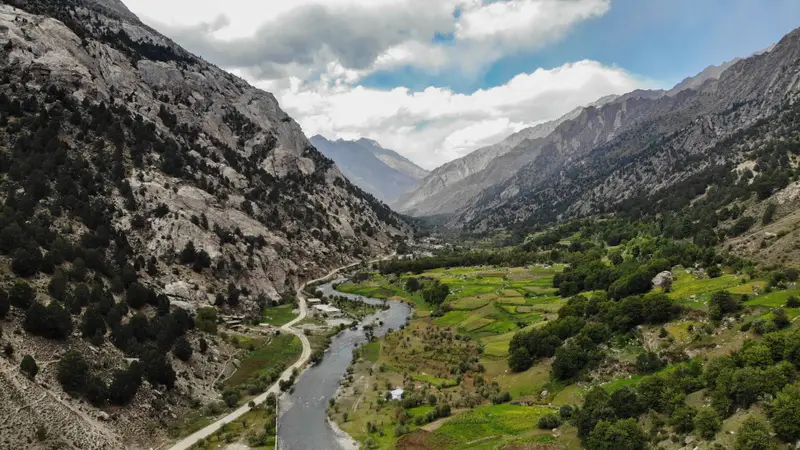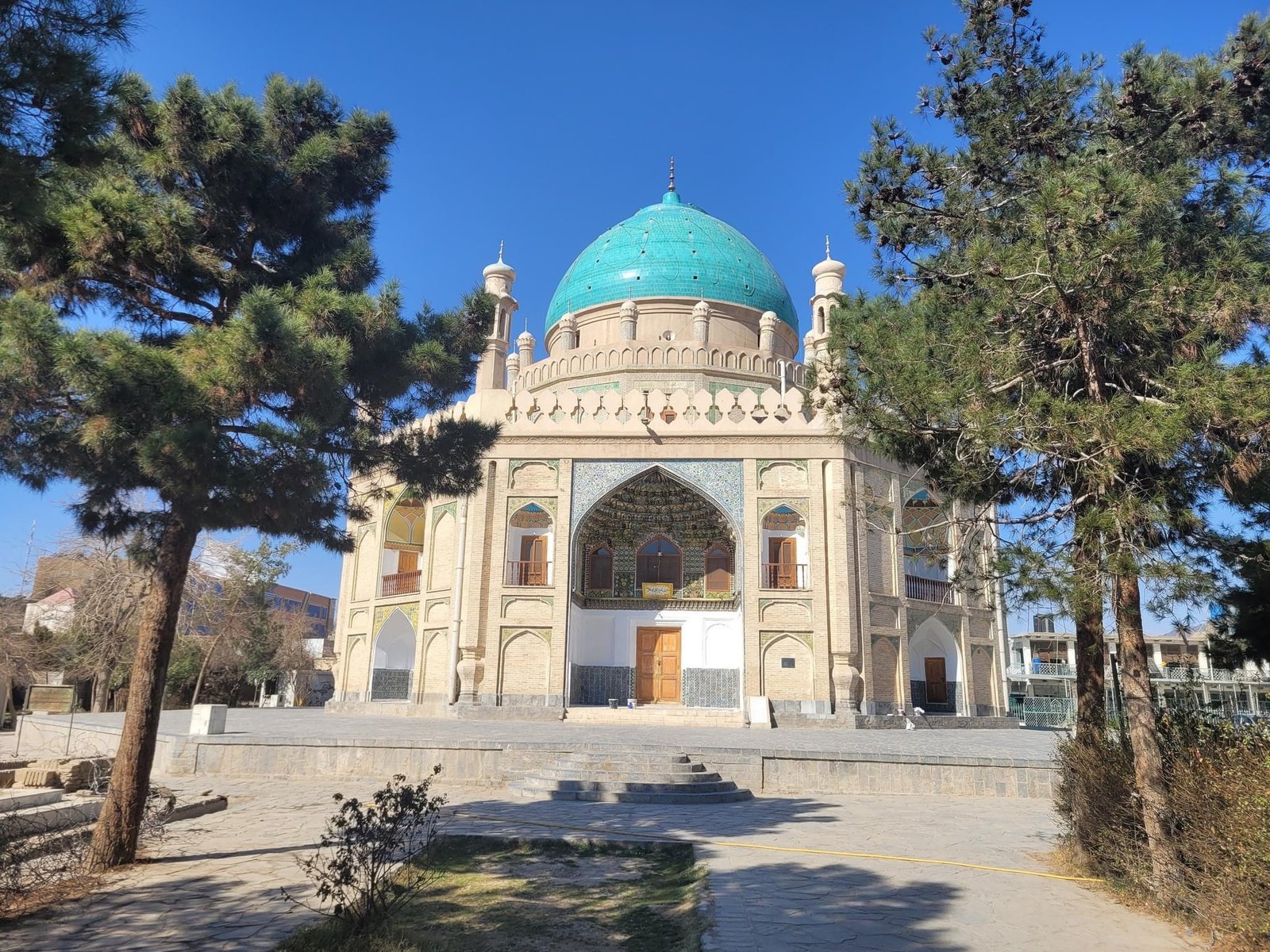
Mazar I Sharif
The Mother of Cities
Balkh is one of the 34 provinces of Afghanistan, located in the north of the country. It is divided into 15 districts. The city of Mazar-e-Sharif serves as the capital of the province. The name of Mazar-i-Sharif means "tomb of the saint", a reference to the tomb of Hazrat Ali ibn Abi Talib, cousin, son-in-law, and companion of the Islamic prophet Muhammad. The tomb is housed in the large, blue-tiled sanctuary and mosque in the center of the city known as the Shrine of Ali or the Blue Mosque.
The modern city of Mazar-e-Sharif is centered around the Shrine of Ali. Much restored, it is one of Afghanistan's most glorious monuments. The city is a center for the traditional buzkashi sport, and the Blue Mosque is the focus of northern Afghanistan's Nowruz celebration. Although most Muslims believe that the real grave of Ali is found within Imam Ali Mosque in Najaf, Iraq, others still come to Mazar-i-Sharif to pay respect.
Top Sights in Balkh
Blue Mosque
The Blue Mosque is the attraction of Mazar-i-Sharif. It's actually not the Mosque itself, which is just a long-edged building on the left side when looking North, but the nearby Shrine of Hazrat Ali, the fourth caliph for the Sunni and first Imam for the Shia.
The blue mosque has been described as an oasis for peace, and it really does seem like it, considering the thousands of white doves surrounding the mosque. The doves flock on the trees, the roof, and the sidewalks. Legend has it the mosque is so sacred that any dove with a speck of color on its feathers will instantly become pure white after entering the mosque’s vicinity.
Tomb of Rabia Balkhi
Rabia Balkhi, also known as Rabia al-Quzdari was a 10th-century writer who composed poetry in Persian and Arabic. She is the first known female poet to write in Persian. A non-mystic poet, her imagery was later transformed into that of a mystic poet by authors such as Attar of Nishapur (died 1221) and Jami (died 1492). She became a semi-legendary figure, famous for her love story with the slave Bektash.
Her shrine is located in the mausoleum of the 15th-century Naqshbandi Sufi Khwaja Abu Nasr Parsa (died 1460) in the city of Balkh, now present-day Afghanistan. She is celebrated in the Balochistan province of Pakistan, Afghanistan, and Iran through various schools, hospitals, and roads being named after her.
Bala Hisar (Walls of Balkh)
Bala Hisar which is also known as the walls of Balkh is an ancient place that goes back to the time of the Great Alexandar when Bactria was at its zenith. At the time Balkh was the epicenter of the Bactrian Kingdom. Bala Hisar has a history of over 2500 years.

Buzkashi Stadium
Buzkashi stadium is located in the city of Balkh and it was built for the people of Mazar because they like to play and watch the buzkashi. It is a game that is going to be played between two teams, each of them getting ready for competition. Buzkashi translates literally as “goat dragging” in Persian and is known as kokpar or kupkari. It is a Central Asian sport in which horse-mounted players attempt to drag a goat or calf carcass around a pole and drop it into a circle! These days it tends to be a calf, a baby cow that is used instead of a goat. It is the national sport of Afghanistan. Traditionally, games could last for several days. But these days on Fridays, it normally lasts around 3 hours.



